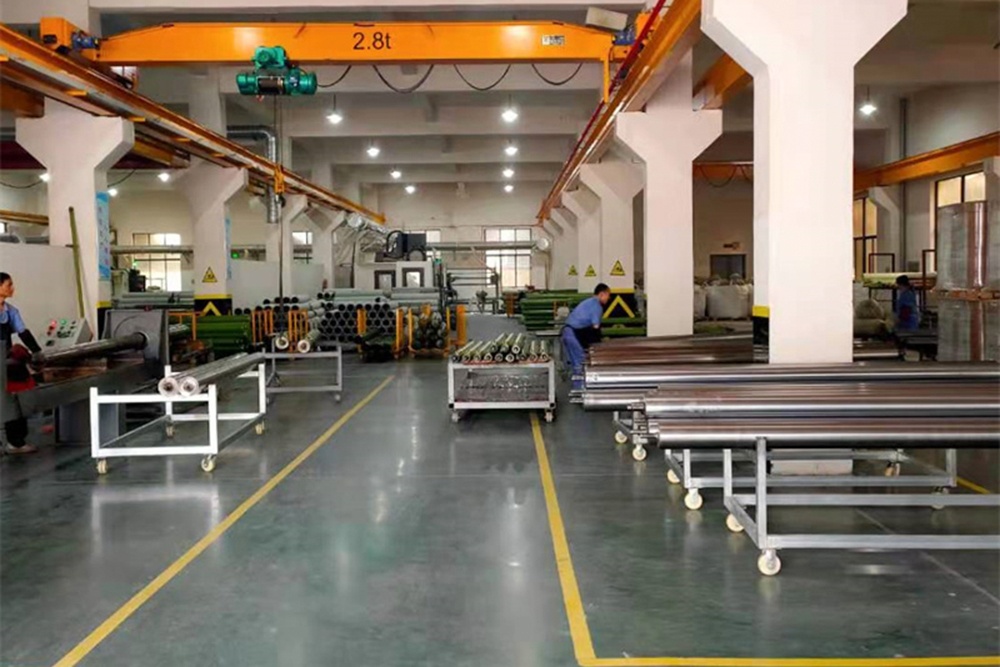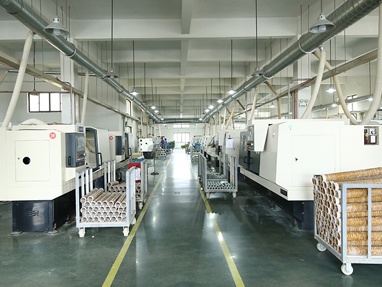The use of FRP tubes in marine applications
Introduction
Fiber Reinforced Polymers (FRP) are composite materials made of a polymer matrix reinforced with fibers, usually glass, carbon or aramid. FRP tubes are cylindrical structures made from this composite material and have been widely used in marine applications due to their unique properties. In this article, we will discuss the advantages and challenges of using FRP tubes in marine applications.
Marine applications of FRP tubes are diverse and include piers and docks, offshore platforms, boat hulls, and underwater pipelines. These structures require materials that can withstand harsh environmental conditions, including saltwater exposure, temperature variations, and intense sunlight. FRP tubes possess several properties that make them ideal for these applications, such as corrosion resistance, light weight, high strength-to-weight ratio, durability, and low maintenance.

Advantages of using FRP tubes in marine applications
1. Corrosion resistance: FRP tubes are highly resistant to corrosion and do not rust or corrode in saltwater environments like traditional materials such as steel or concrete. This property helps to extend the life of the structure and reduces maintenance costs.
2. Light weight: FRP tubes are lightweight compared to traditional materials, making them easier to handle during installation and transport. This property also reduces the load on other supporting structures, such as foundations.
3. High strength-to-weight ratio: FRP tubes have a high strength-to-weight ratio, which means they are stronger than traditional materials at the same weight. This property is particularly important for marine structures because it reduces the risk of structural failures due to waves, wind or other environmental factors.
4. Durability: FRP tubes have a long service life and are resistant to degradation caused by UV radiation, chemical exposure, and impact damage.
5. Low maintenance: Due to their high resistance to corrosion and degradation, FRP tubes require low maintenance compared to traditional materials, reducing overall maintenance costs and downtime.

Marine applications of FRP tubes
1. Piers and docks: FRP tubes can be used in the construction of piers and docks, offering a lightweight alternative to traditional materials such as concrete or steel. They are also corrosion-resistant and require less maintenance than traditional materials.
2. Offshore platforms: Offshore platforms require materials that can withstand harsh environmental conditions, including saltwater exposure, intense sunlight, and wind. FRP tubes possess high strength-to-weight ratio and corrosion resistance, making them an ideal choice for offshore platforms.
3. Boat hulls: FRP tubes are commonly used as boat hulls because of their light weight, high strength-to-weight ratio, and durability. The use of FRP tubes in boat hulls also allows for more efficient operation due to improved fuel economy.
4. Underwater pipelines: FRP tubes can be used in underwater pipelines, replacing traditional materials such as steel. FRP tubes offer high resistance to corrosion and degradation, reducing maintenance requirements and extending the life of the pipeline.
Challenges and limitations of using FRP tubes in marine applications
1. UV degradation: FRP tubes can be degraded by UV radiation from sunlight, which can cause discoloration, cracking, and loss of mechanical properties over time. Adequate selection of resin type and UV inhibitors can help mitigate this challenge.
2. Thermal expansion: FRP tubes have a higher coefficient of thermal expansion compared to traditional materials, which can cause dimensional changes in the structure under temperature variations. Proper design and installation techniques can help overcome this challenge.
3. Fire resistance: FRP tubes are not inherently fire-resistant and can melt or burn when exposed to high temperatures. However, fire-retardant additives can be incorporated into the manufacturing process to improve fire resistance.
4. Cost: FRP tubes can be more expensive upfront compared to traditional materials such as steel or concrete. However, their long service life and low maintenance requirements can offset these costs in the long run.
Conclusion
FRP tubes have several advantages for marine applications due to their unique properties such as corrosion resistance, light weight, high strength-to-weight ratio, durability, and low maintenance. While FRP tubes offer many benefits, there are also challenges associated with their use, including UV degradation, thermal expansion, fire resistance, and cost. Proper design, installation, and maintenance practices can help overcome these challenges and ensure the longevity and safety of marine structures. With ongoing advances in material science, the future outlook for the use of FRP tubes in marine applications looks promising.

